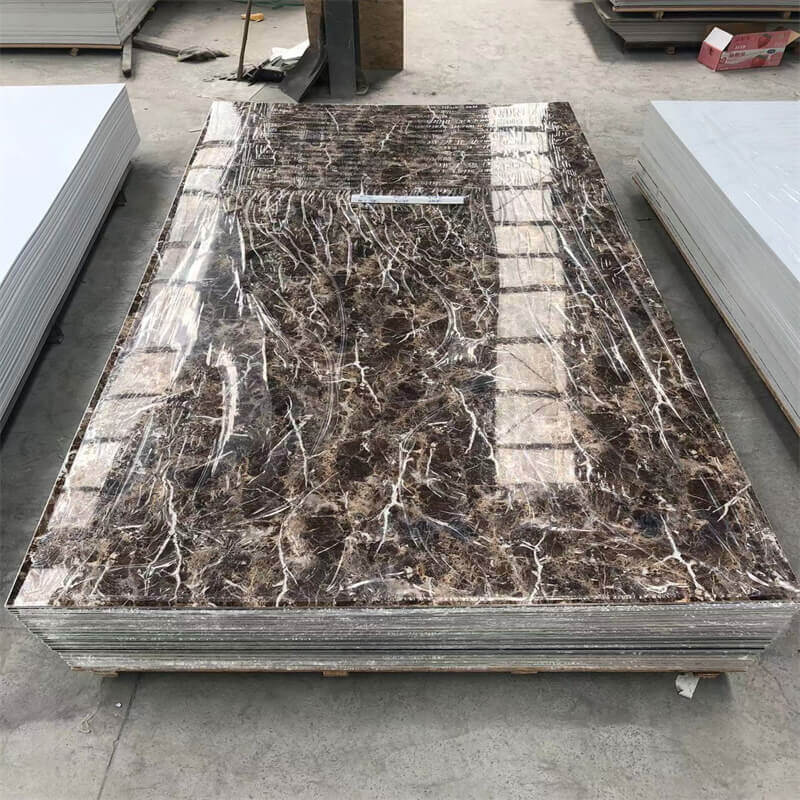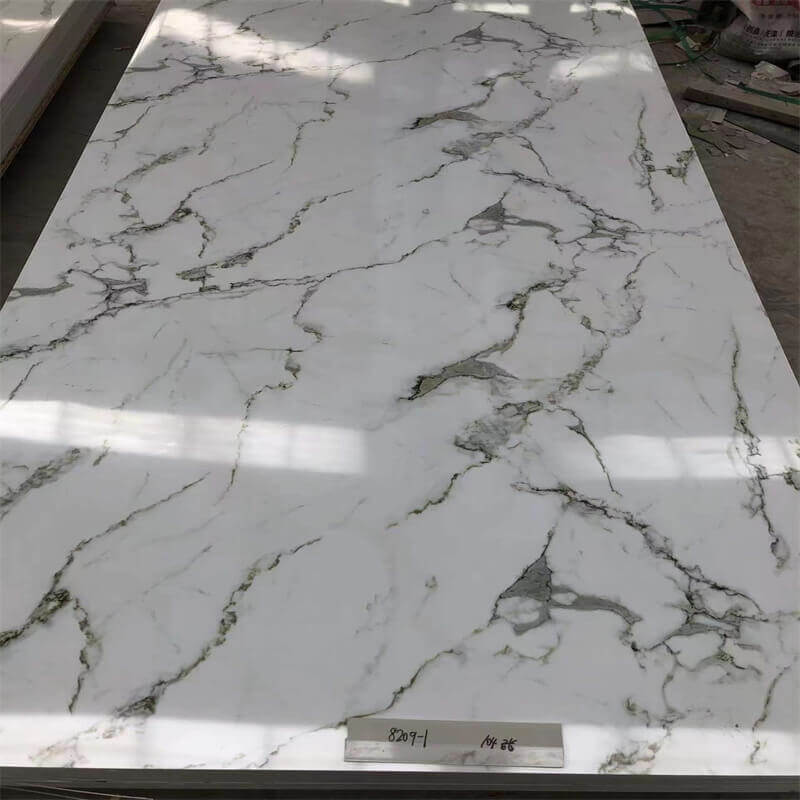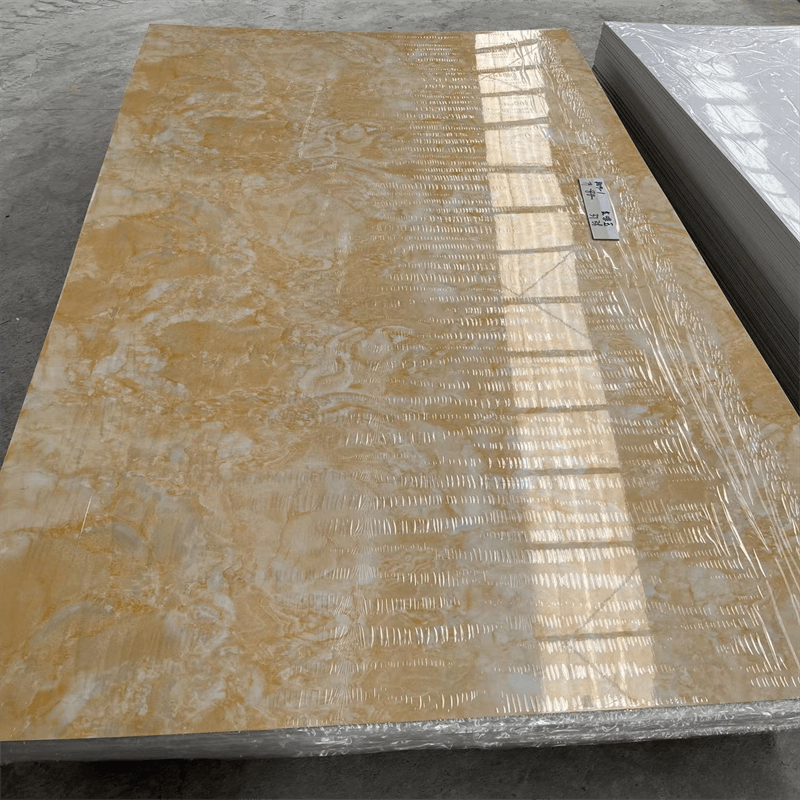
The bathroom is a sanctuary in our homes, a place of relaxation and rejuvenation.
When renovating or designing a bathroom, choosing the right ceiling material is crucial,
as this area is susceptible to high humidity and moisture.
Traditional ceiling materials like plaster or wood have long been the norm,
but they come with their fair share of drawbacks in a bathroom setting.
On the other hand, PVC (Polyvinyl Chloride) ceilings have emerged as a superior choice,
offering a wide range of benefits and advantages over traditional materials.
In this article, we will compare PVC ceilings with traditional materials, highlighting why PVC reigns supreme in bathrooms and
why it’s the ultimate choice for creating a stylish, durable, and moisture-resistant bathroom space.
Water-Resistance and Moisture-Proof Properties
The Battle Against Water Damage,One of the biggest challenges in a bathroom is the constant exposure to water.
Traditional ceiling materials, such as plaster or wood, are highly susceptible to water damage, warping, and decay.
Over time, water absorption can cause these materials to deteriorate,
compromising the structural integrity of the ceiling and leading to unsightly stains and cracks.
The Rise of PVC Ceilings,PVC ceilings, on the other hand, are inherently water-resistant and moisture-proof.
PVC is a synthetic plastic material that does not absorb water, making it an excellent choice for bathroom ceilings.
This water-resistant quality ensures that PVC ceilings remain unaffected by high humidity levels and splashes of water,
preserving their appearance and structural integrity for the long term.

Mold-Proof and Hygienic
The Perils of Mold Growth,Another common issue in bathrooms is the growth of mold and mildew.
Mold thrives in damp environments, and traditional ceiling materials provide an ideal breeding ground for these unsightly and potentially harmful organisms.
Mold growth not only compromises the aesthetics of the ceiling but can also pose health risks to individuals, especially those with allergies or respiratory issues.
PVC to the Rescue,PVC ceilings have natural mold-proof properties, creating an environment that is inhospitable to mold and mildew.
The non-porous surface of PVC does not allow mold spores to grow, ensuring a cleaner and healthier bathroom environment.
With PVC ceilings, homeowners can bid farewell to the constant battle against mold growth and enjoy a hygienic and visually appealing bathroom space.
Durability and Longevity
Wear and Tear on Traditional Materials,Bathrooms are high-traffic areas, subject to constant use and occasional impacts.
Traditional ceiling materials, such as plaster, may show signs of wear and tear over time, including scratches, dents, and cracks.
This deterioration not only affects the aesthetics of the ceiling but may also require frequent repairs or replacements.
PVC’s Resilience,PVC ceilings are engineered for durability and resilience, making them well-suited for the demands of a busy bathroom.
PVC is a sturdy material that can withstand impacts and remain free from scratches or dents.
Its robust nature ensures that the ceiling maintains its appearance and functionality, requiring minimal maintenance and upkeep over the years.

Easy Installation and Versatility
Complex Installation of Traditional Ceilings,Traditional ceiling materials often require skilled labor for installation,
as the process may involve plastering, nailing, or other complex techniques.
This not only adds to the overall renovation cost but also extends the duration of the project.
Simple and Quick Installation of PVC Ceilings,PVC ceilings offer a hassle-free installation process, suitable for both professionals and DIY enthusiasts.
PVC ceiling panels are lightweight and can be easily handled, allowing for quick and straightforward installation.
Many PVC panels come with interlocking mechanisms or adhesive backing, eliminating the need for complex installation procedures.
This ease of installation saves time and reduces labor costs, making PVC ceilings a cost-effective choice for bathroom renovations.
Versatility in Design,PVC ceilings offer a wide array of designs, colors, and patterns, allowing homeowners to customize their bathroom space to their preferred style.
Whether you desire a classic and elegant look or a modern and vibrant ambiance, PVC ceilings have options to suit every taste.
Additionally, PVC ceilings can mimic the appearance of other materials like wood or metal, providing a high-end aesthetic without the associated drawbacks.
In the battle of PVC ceilings versus traditional materials, it’s evident that PVC reigns supreme in bathrooms.
The water-resistant and moisture-proof properties of PVC make it an ideal choice for a high-humidity environment, where traditional materials falter.
PVC’s mold-proof characteristics ensure a cleaner and healthier bathroom space, free from unsightly mold growth.
Its durability and low maintenance requirements make it a practical and cost-effective choice, saving homeowners time and money in the long run.
Furthermore, PVC’s easy installation process and versatility in design make it a versatile and stylish option for creating a beautiful and functional bathroom space.
With PVC ceilings, homeowners can upgrade their bathrooms into inviting retreats that stand the test of time.
Say goodbye to water damage, mold growth, and frequent repairs,
and embrace the superior qualities of PVC ceilings for a bathroom that is both aesthetically pleasing and resilient for years to come.
